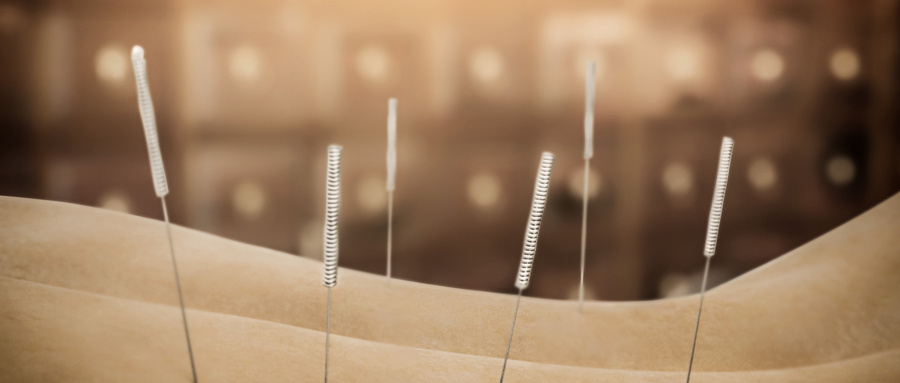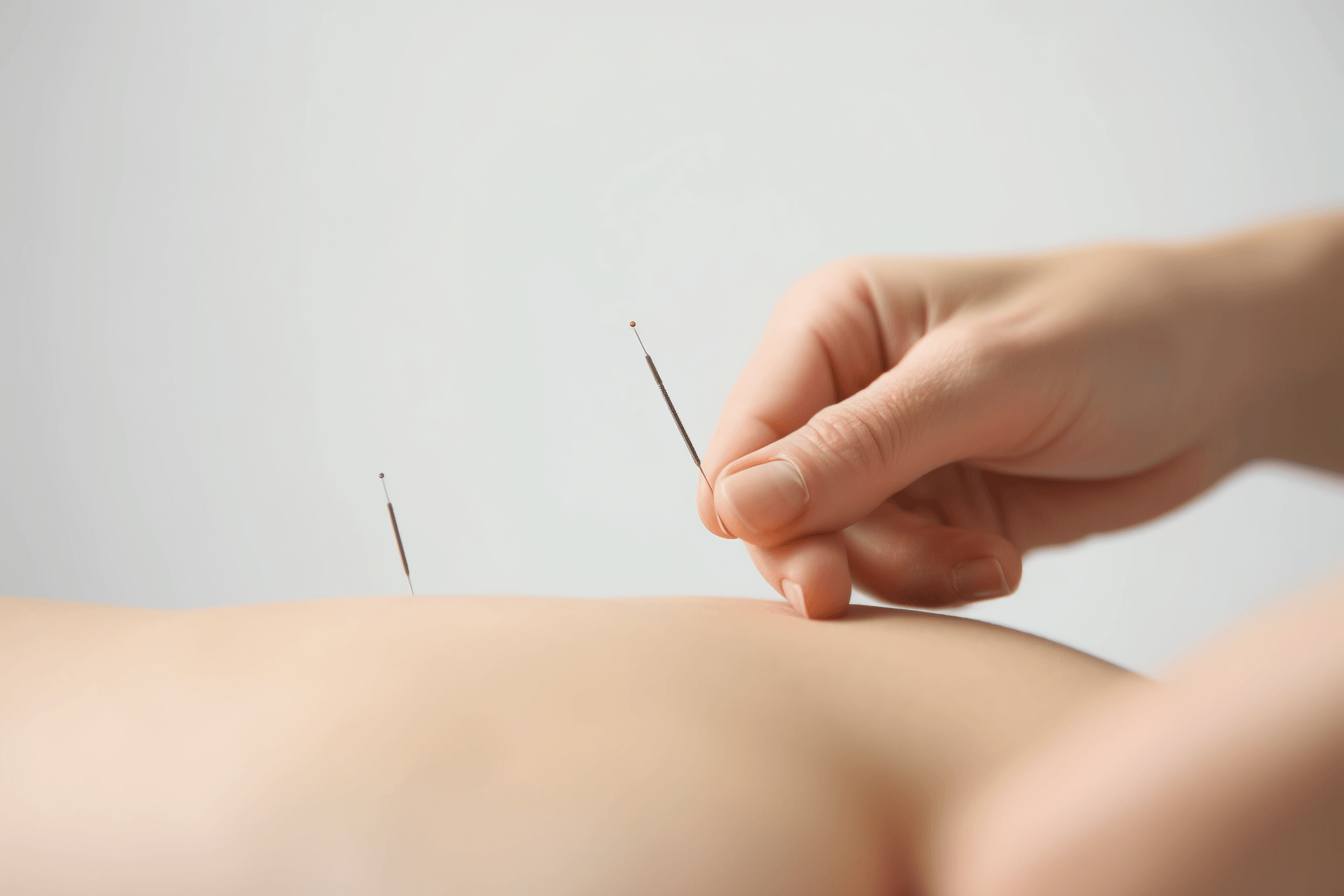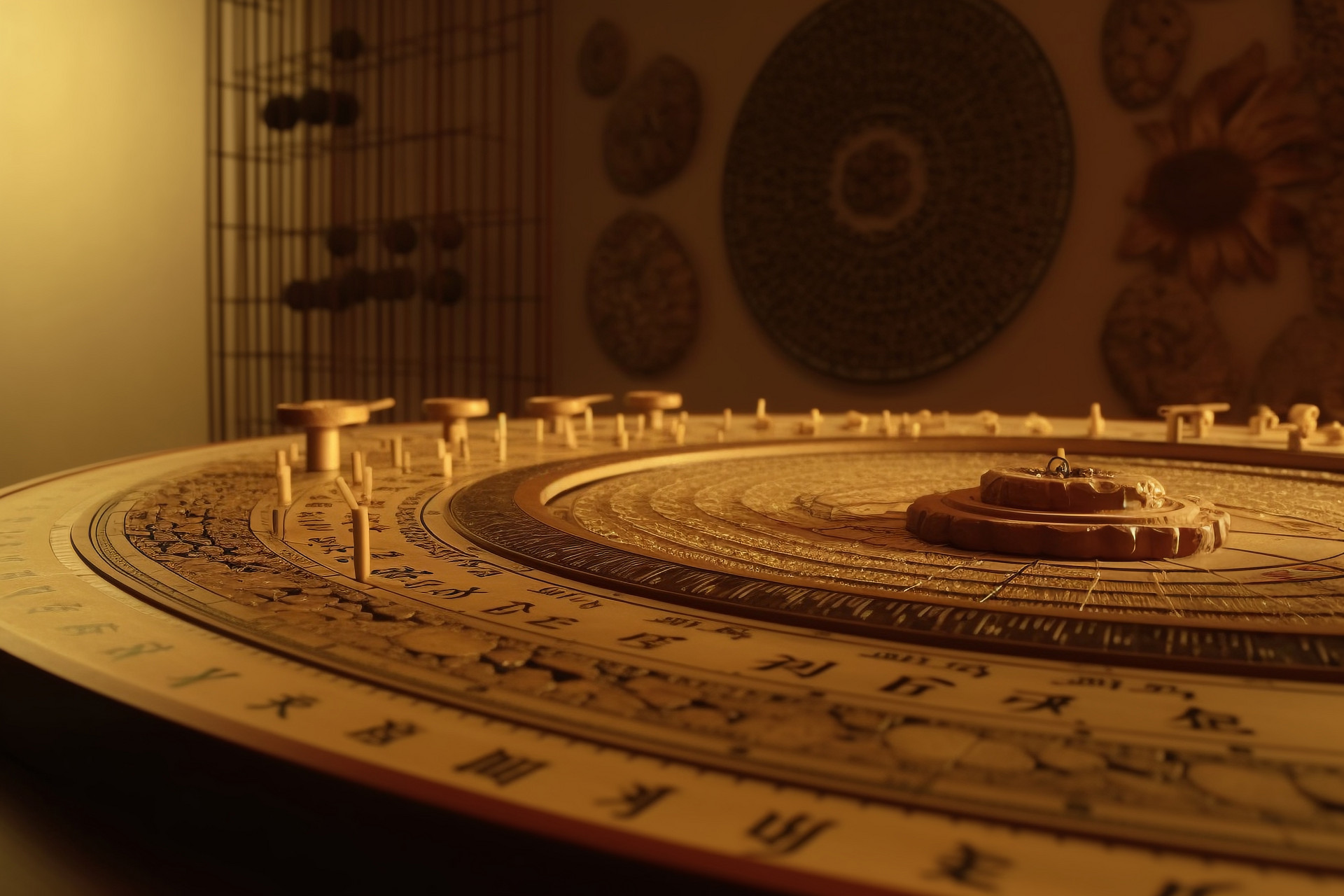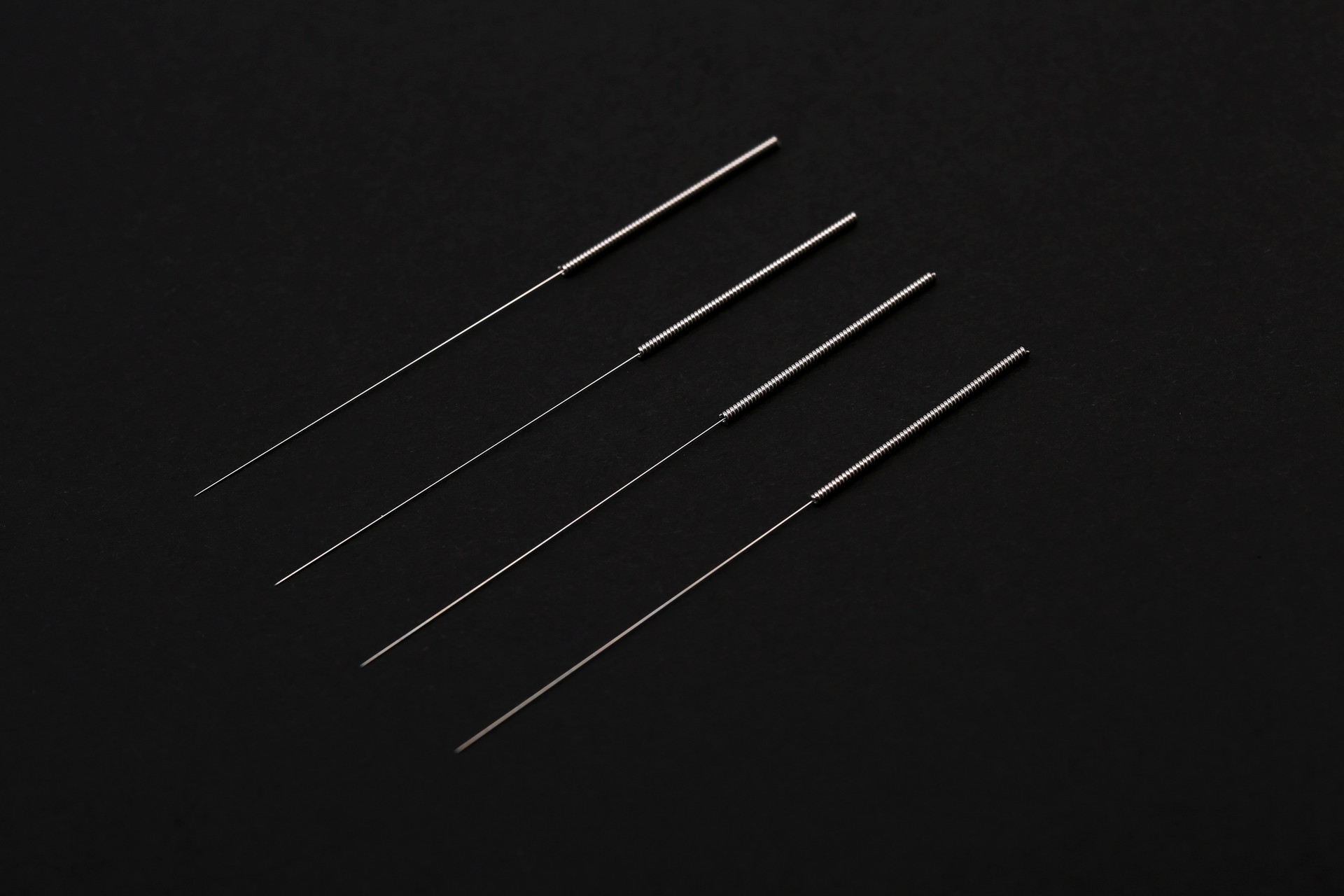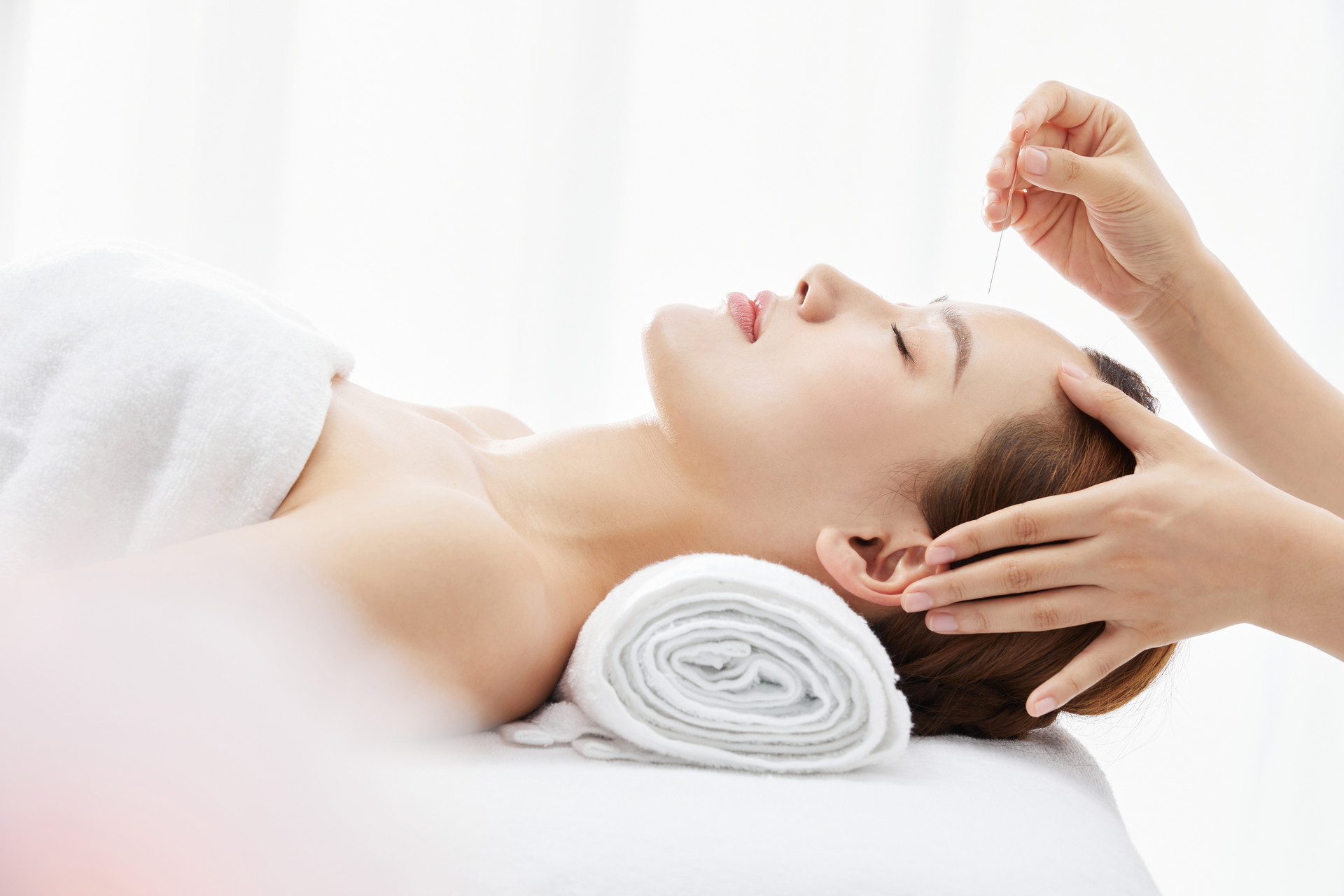Understanding the Mechanism of Acupuncture Therapy
The common belief is that acupuncture works by clearing the meridians, calming the mind, awakening the spirit, promoting blood circulation, resolving phlegm and dampness, and tonifying or reducing the organs. But what is the actual mechanism behind these effects?
Clearing the meridians: It is often said that "if there is blockage, there is pain; if there is no blockage, there is no pain." Does this mean that acupuncture relieves pain by clearing the meridians? It sounds reasonable, but upon closer examination, there are some doubts. After acupuncture, there is initially pain, which contradicts the idea of clearing the blocked meridians.
Calming the mind, awakening the spirit: Whether it's insomnia or excessive sleepiness, no matter which acupuncture point is stimulated, there is an instant awakening effect. Treating insomnia and excessive sleepiness with Fengfu point, for example, has been found to be very effective. So, the popular belief now is that acupuncture has a bidirectional regulatory effect, but the detailed mechanism is not clear.
Promoting blood circulation: The effect of acupuncture on blood vessels is first constriction, followed by dilation and congestion. Upon careful observation, it can be seen that after local acupuncture, the area around the needle first becomes pale, then turns red, and the redness spreads to the surrounding area. Therefore, it is not accurate to say that acupuncture treats diseases by promoting blood circulation.
Resolving phlegm and dampness: Some books claim that certain acupuncture points can resolve phlegm and promote saliva production to relieve dry mouth. However, these writings only record the surface effects without explaining the underlying mechanism. How does acupuncture resolve phlegm and promote saliva production? Acupuncture does not directly introduce fluids or remove phlegm and dampness from the body.
Tonifying or reducing the organs: Acupuncture does not directly provide nutrients such as Qi, blood, or essence to the organs. There is also no loss of Qi, blood, or essence from the organs through the acupuncture needle hole. Therefore, acupuncture does not directly tonify or reduce the organs.
Adjusting yin and yang: Acupuncture does not directly tonify yang or nourish yin, as the needle itself does not possess these qualities. Acupuncture does not harm the yin and yang in the body. Therefore, the belief that acupuncture can tonify or reduce yin and yang should be questioned.
All of the above statements are incorrect and do not touch upon the essence of acupuncture. To understand the effectiveness of acupuncture, it is necessary to first understand the body's system of connections.
The Five Major Connections in the Human Body
The human body is a coherent and self-contained system of connections. The body can be divided into the following connections: defensive meridians, blood vessels, closely connected tissues, extreme connections, and layer connections.
Defensive meridians: Referring to the nervous system.
Blood vessels: Referring to the circulatory system, including the lymphatic system.
Closely connected tissues: Tissues that are closely connected to the nerves and blood vessels.
Extreme connections: Connections between extremes, such as upper and lower extremes, front and back extremes. For example, in the treatment of hemorrhoids, if the connections between the layers are disrupted, the hemorrhoids can be easily relieved or even cured. This is the use of connections between extremes to treat diseases.
Layer connections: Connections between layers, such as the connection between the skin layer, dermal layer, subcutaneous layer, muscular layer, skeletal layer, and organ layer. When scraping therapy is applied to the skin layer, it can also treat diseases of the organs, using the layer connections between the skin layer and the organ layer.
The Effects of Acupuncture
With the knowledge from the previous section, it becomes easier to understand the principles behind acupuncture therapy. Acupuncture primarily has the following four effects:
Treating through "pain": Acupuncture initially causes pain, and the pain gradually diminishes until it disappears. This is the process of transitioning from an initial "pain" to a tolerable level of pain or discomfort.
Regulating the mind: When you focus on pain, it becomes more sensitive; when you don't focus on it, it becomes less sensitive. Many people may have similar experiences. After acupuncture, the pain produced by the needle shifts the focus away from the original painful area, thus relieving the pain. Therefore, acupuncture treats diseases by regulating the mind.
Regulating defensive meridians: Acupuncture causes the depletion of pain mediators, the chemical substances that cause pain, resulting in pain relief and an increased pain threshold. In other words, the initial sensitivity to acupuncture decreases with subsequent treatments. Therefore, acupuncture initially causes pain, but as the pain mediators are depleted, the pain decreases.
Regulating blood vessels: After local acupuncture, the area around the needle first becomes pale, then turns red, and the redness spreads to the surrounding area. This indicates that acupuncture first causes blood vessel constriction and then dilation, thereby regulating blood vessels.
Self-adaptation: After acupuncture, the body adapts to the pain stimulus by mobilizing and coordinating its resources. This adaptive ability, as well as the ability to mobilize and coordinate, is known as the body's positive energy or vitality. If the vitality is strong, the adaptation is fast, and the relief is rapid. If the vitality is weak, the response is slow, and the therapeutic effect is poor.
In summary, acupuncture initially causes pain, but at the same time, it shifts the focus away from the original discomfort, depletes pain mediators, increases the pain threshold, causes blood vessel constriction followed by dilation, and triggers self-adaptive (self-healing) responses through the body's closely connected tissues, extreme connections, and layer connections, regulating the functions of Qi, blood, yin and yang, body fluids, and organs to return to normal. Therefore, the foundation is the body's ability to self-adapt, which is what we call positive energy. With sufficient positive energy, the regulation is rapid, and the recovery from the disease is fast; with weak positive energy, the response is slow, and the effect is poor.
The above principles explain how acupuncture treats diseases, but the therapeutic effects of acupuncture vary depending on the specific acupuncture points used. The same acupuncture point can treat pain in many parts of the body, and different acupuncture points can be used to treat the same pain. This is known as nonspecific analgesia. Some acupuncture points are more effective for certain types of pain, while others are less effective. Additionally, certain types of pain may be most sensitive to a specific acupuncture point, which is known as specific analgesia.


